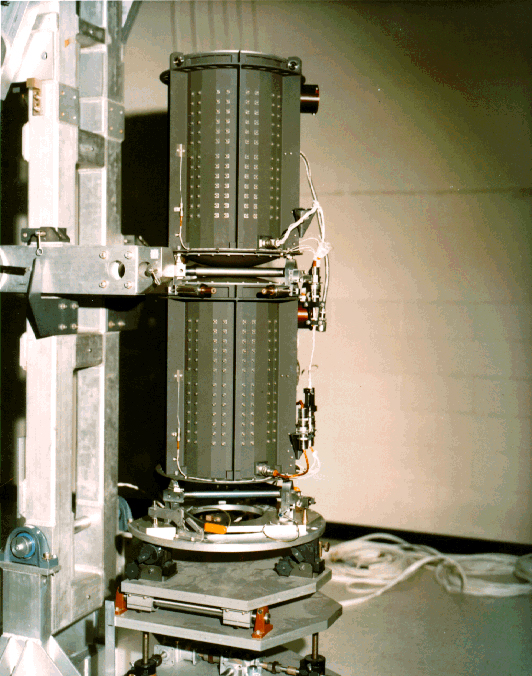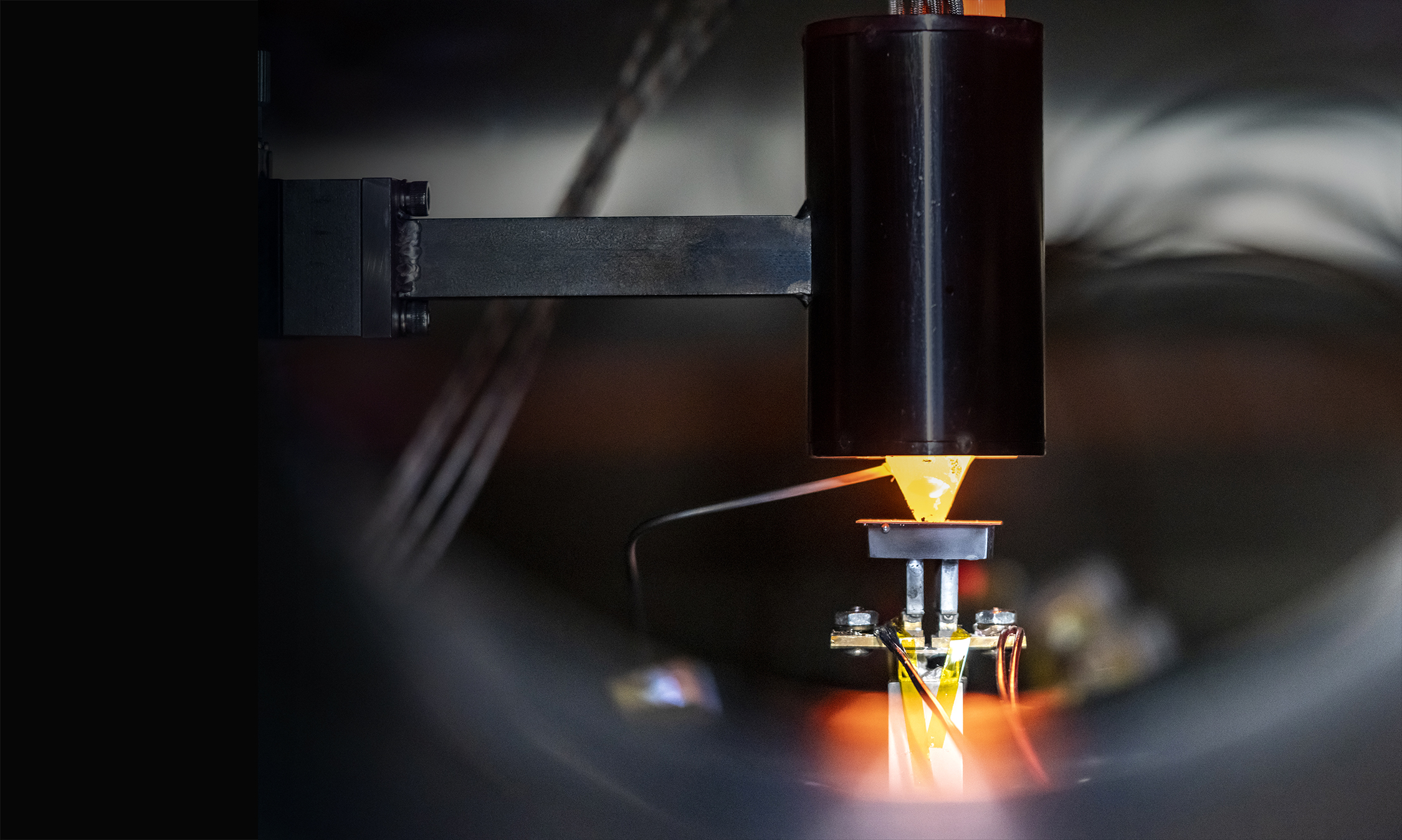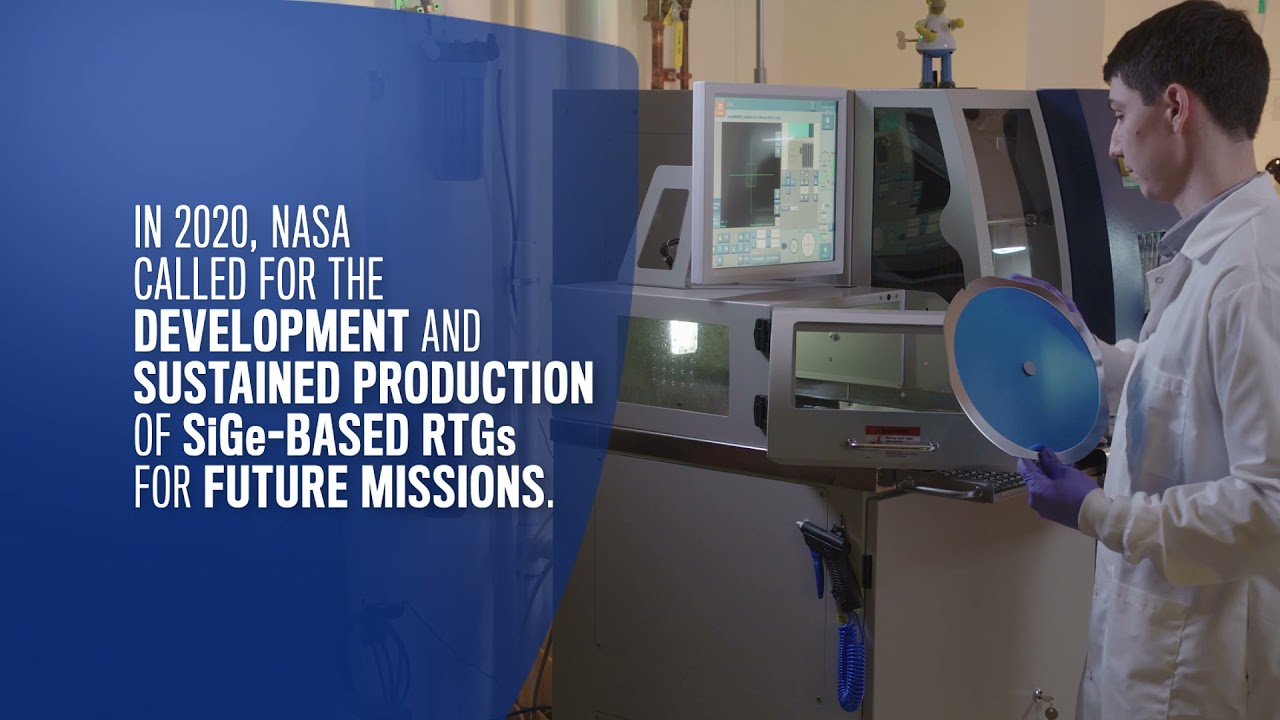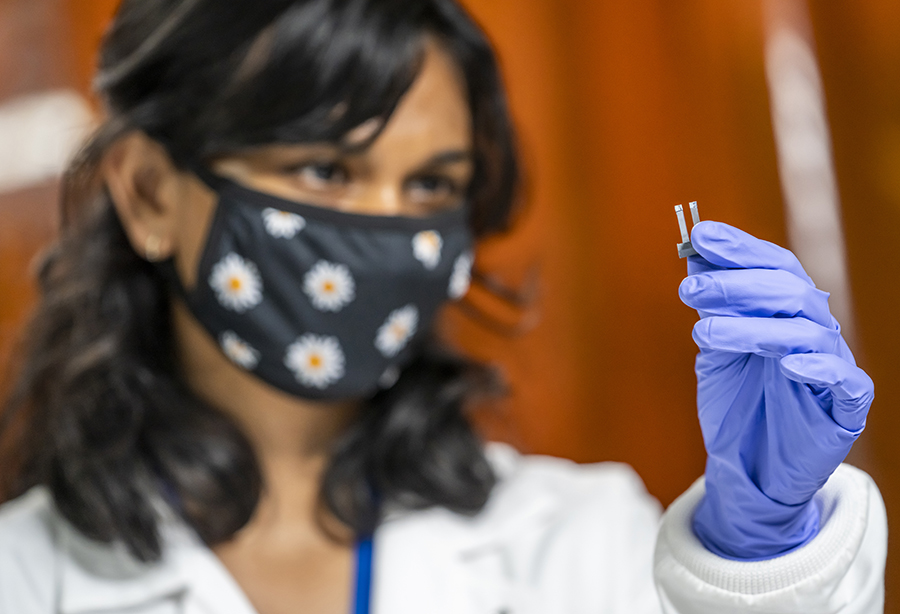Feature Story
Reviving a Legacy Technology for Spacecraft Exploration
More than 20 years ago, production of a material technology that enabled our deepest space missions halted, and the expertise to make it was lost. But a team led by Johns Hopkins APL has paved a way for this hardy technology to be used once again.
Technology rarely makes a comeback after it’s gone or (more often) replaced. But sometimes — because it’s retro, it shows new promise or people just won’t let it go — the tech of the past can breathe life anew.
That’s what’s happening with a material called silicon-germanium. Thanks in part to recent work by a team led by the Johns Hopkins Applied Physics Laboratory (APL) in Laurel, Maryland, this legacy material is making a comeback with a new twist in NASA’s next-generation nuclear power source for spacecraft. Its resurgence will enable NASA missions to travel farther and longer than current capabilities allow, meeting the demands of a science community with ambitious ideas.
A Lost Legacy

Credit: NASA/U.S. Department of Energy
For around 30 years, silicon-germanium, or SiGe, was a key material made for NASA’s radioisotope thermal generators (RTGs), a technology that APL helped develop and that earned NASA and the Department of Energy a Lifetime Achievement Award during the 2021 Nuclear Science Week opening ceremony in Washington, DC, last week. RTGs take heat from the natural decay of plutonium oxide and generate electricity by passing the heat through devices called unicouples. From the 1970s, those unicouples were made of either SiGe or lead-telluride/TAGS (PbTe) alloys. They enabled the exploration of the outer solar system and have powered more than a dozen NASA spacecraft, including the history-making Voyagers 1 and 2, Cassini, New Horizons and the Viking Mars landers.
But by the late 1990s, after a short restart of the RTG program for the development of NASA’s Galileo and Cassini spacecraft, RTG production halted. NASA’s flight program needs were met, the manufacturing costs were deemed too expensive and no contractual agreements were created to sustain production.
“The only reason we flew one on New Horizons [in 2006] was because we used one of the Cassini spares,” said Paul Ostdiek, a program manager at APL. “Without that RTG, there would have been no exploration of Pluto and the Kuiper Belt.”
In the early 2000s, unicouples of PbTe and related materials found new life when NASA started developing its multi-mission RTG (MMRTG), which has powered NASA’s Mars Rovers and is expected to power NASA’s APL-led Dragonfly mission to Saturn’s moon Titan. With a maximum lifespan of 17 years, however, MMRTGs aren’t enough for deep-space missions like New Horizons that require decades of spaceflight. And compared with SiGe unicouples, they can’t operate at as high of a temperature, which affects power production efficiency, and they degrade faster.
It wasn’t until 2018, when NASA moved ahead with developing a Next-Generation RTG for use by 2030, that SiGe entered discussions again. Companies preferred SiGe for unicouple material in the Next-Gen RTG, but because nobody had built or worked with it in over 20 years (and those who had had either retired or died), they were considering newer and riskier materials.



